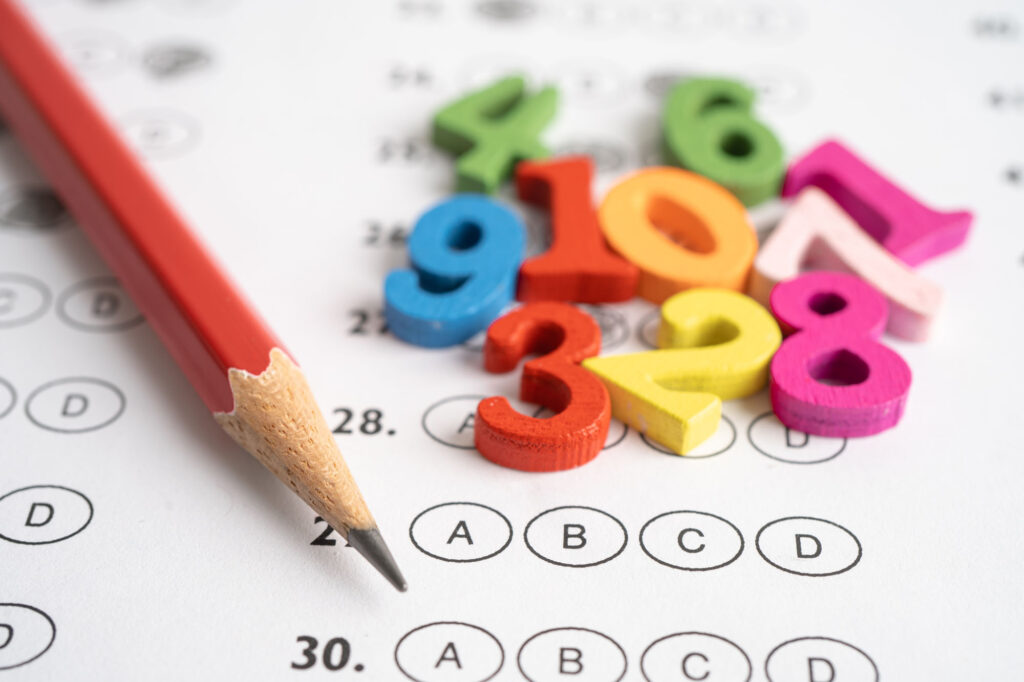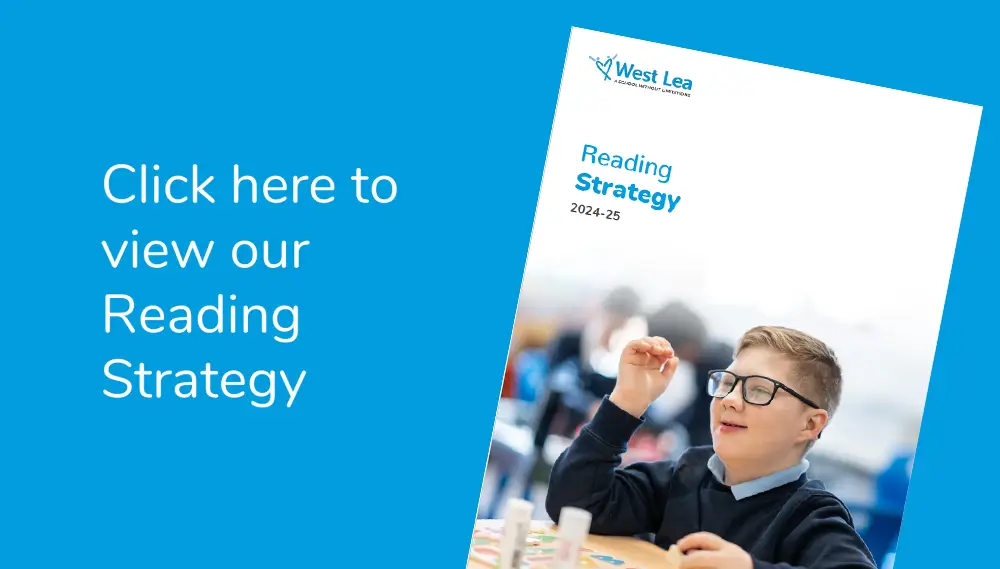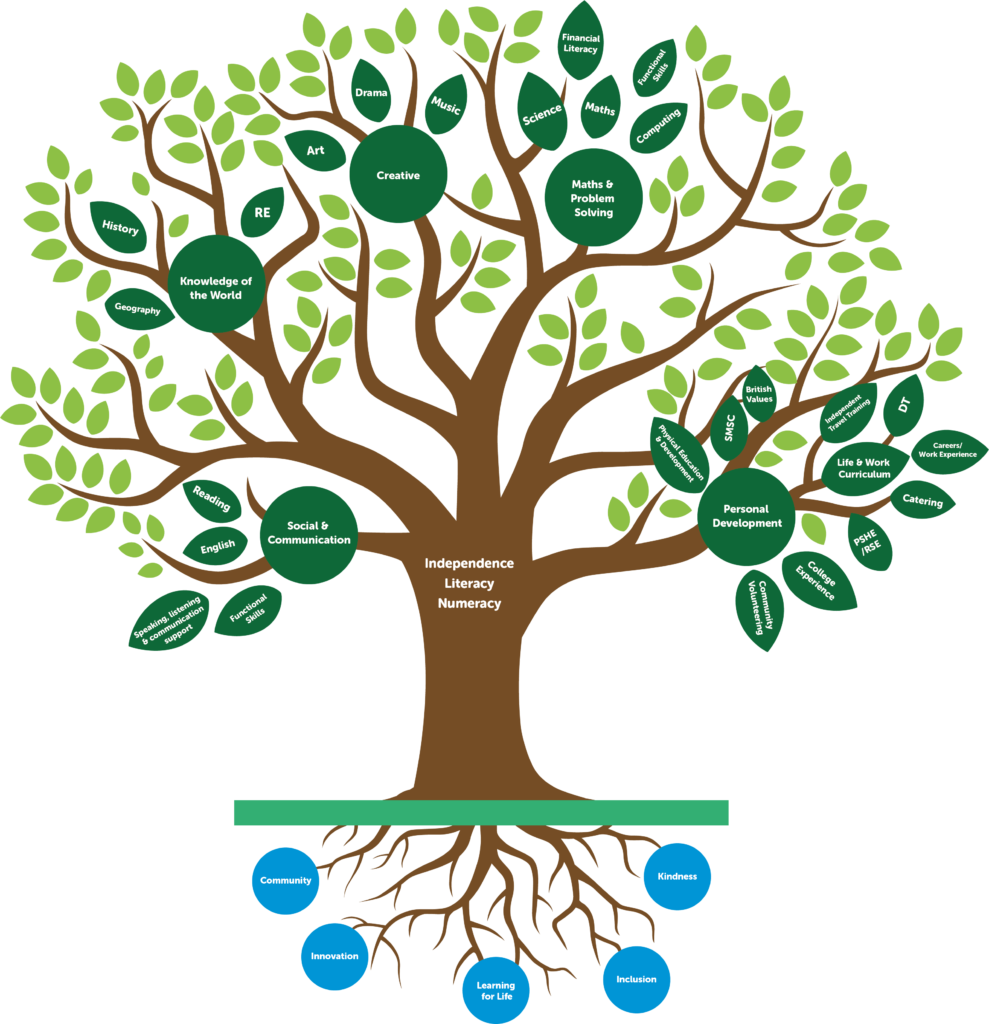Maths
“Education is not the learning of facts, but the training of the mind to think.”
– Albert Einstein, mathematician and theoretical physicist
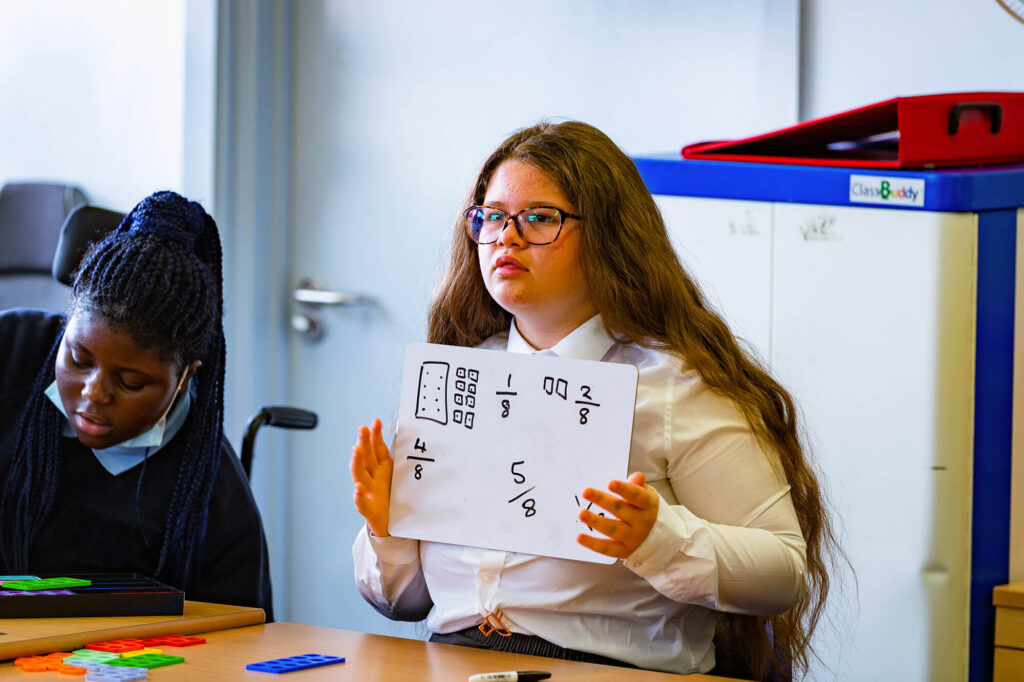
We intend for learners to love Maths and become confident and flourishing mathematicians.
Not only is numeracy a key building block for progressing onto further education and employment but it’s also a key life skill.
Whether you’re paying a bill, measuring out ingredients for baking a cake, or doing your shopping, being good with numbers is essential.
Our curriculum is rooted in our values. Maths brings our five values to life in the following ways:
- Community: learners develop numeracy by visiting local cafés and shops, reviewing prices and using money
- Kindness: learners discover Maths at their own pace and are taught to respect the progress of others
- Learning for life: learners realise how important Maths is by using it in real situations – at home, school and work
- Innovation: learners are encouraged to problem-solve and apply their learning to solve new challenges
- Inclusion: learners deepen their understanding of Maths in ways that suit them – both in and outside the classroom
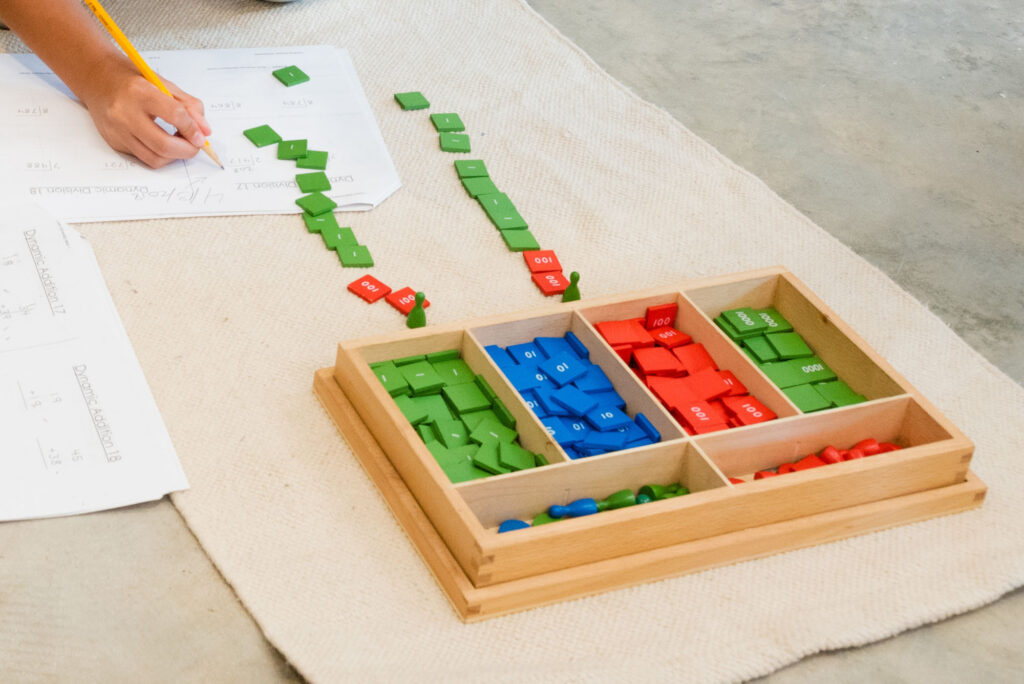
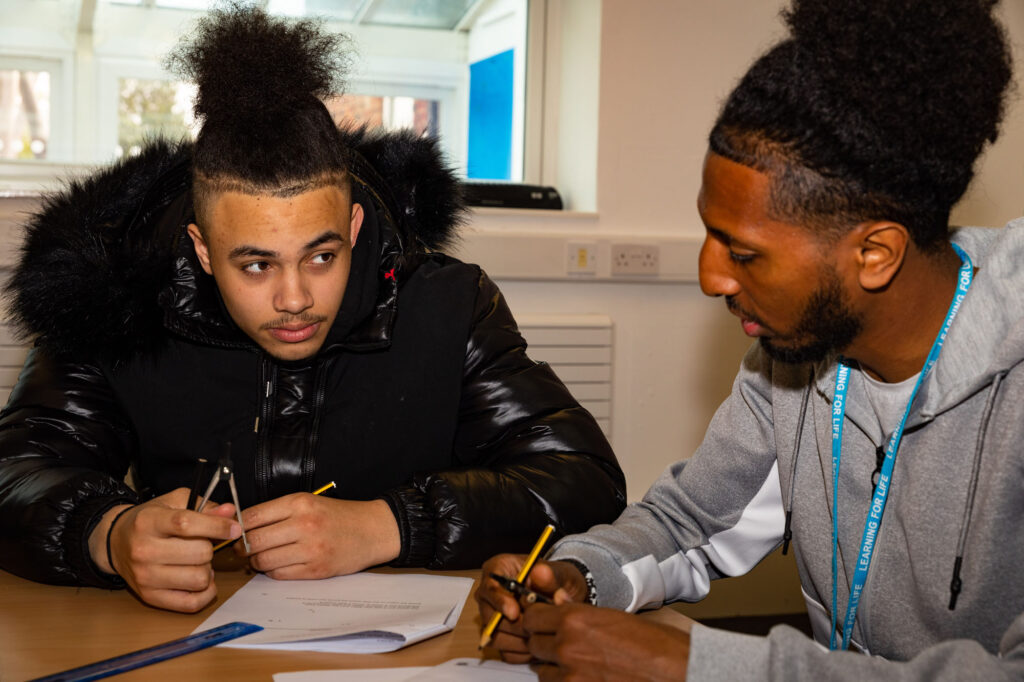
We implement our Maths curriculum in a planned and sequenced way.
This ensures each learner reaches their potential and becomes a flourishing mathematician, by first learning foundational concepts and then building on these step by step. Take a look at our Maths curriculum map to find out more.
As they progress through the map, learners develop problem-solving skills through Maths investigations and by using their numeracy skills in day to day life.
We measure the impact of our Maths curriculum by assessing:
- How much learners enjoy and engage with the learning
- How confident they are applying mathematical thinking in their everyday lives
- How well they do in internal assessments and external qualifications
- How prepared learners are for their next steps into further education and employment
- How well they problem-solve and how resilient they are
